July 21, 2025
The 7-Minute Rule: How Tight Turn Times Affect Everything on Your Course

Exploring the Hidden Impact of Tee Time Intervals on Pace of Play, Staff Efficiency, Golfer Experience, and Revenue Potential

More Than Just a Number
At first glance, setting tee times every seven minutes may seem like a smart way to maximize bookings. After all, more groups mean more rounds, and more rounds mean more revenue—right? The logic appears sound until the day-to-day realities of the course say otherwise. That one number—seven—ripples through everything from pace of play to staff performance, member satisfaction, and even long-term profitability.
In golf course operations, small decisions often have massive consequences. Tee time intervals are one of those small decisions that rarely get reconsidered. They’re often inherited, copied from competitors, or set to fit a packed schedule without much analysis. Yet, those intervals control the rhythm of the entire day. When they’re too tight, the whole system strains under pressure.
This article takes a hard look at what 7-minute turn times really mean for a golf course. We’ll explore how they affect every department—from the pro shop to groundskeeping—and why stretching those intervals, even slightly, might save your club time, money, and headaches in the long run.
Where the 7-Minute Rule Comes From
The 7-minute interval didn’t originate from rigorous data modeling or field studies. It’s more often a product of habit, local tradition, or a desire to squeeze in the maximum number of tee times before dusk. Some courses adopt it simply because their neighboring facility does. Others may have implemented it decades ago and never changed.
Historically, tighter intervals were seen as a way to boost volume. The idea was simple: if you can add more groups in a day, you increase revenue. That may have worked when player expectations were lower and rounds were quicker. But in today's world of slower play, social media reviews, and real-time course updates, customer experience matters more than ever.
The problem is that what worked thirty years ago doesn’t necessarily work now. Modern golfers often take longer to play, have higher service expectations, and are more sensitive to delays. Operating under the same old scheduling model without adjusting for today’s pace is like using a rotary phone to run a call center—it creates avoidable inefficiency.
The Domino Effect on Pace of Play
Tight intervals are the root of most pace-of-play issues. When groups are sent off every seven minutes, even the slightest delay on one hole compounds down the line. A foursome taking just five extra minutes creates a ripple effect that throws off timing for the entire field. Once that rhythm is broken, it rarely recovers.
This domino effect doesn’t just slow down one group. It turns the entire course into a pressure cooker. Players feel rushed, marshals become reactive instead of proactive, and staff spend their day putting out fires instead of providing great service. The day spirals into a stressful experience for everyone involved.
Pace-of-play complaints are among the most common reasons golfers don’t return to a course. Even if the greens are pristine and the clubhouse is top-notch, a sluggish round leaves a lasting negative impression. Ironically, the tighter you make your schedule, the more likely it is to implode. Slow play becomes the rule, not the exception.

How It Affects Golfer Satisfaction
Every golfer shows up expecting a smooth, relaxing round. When a course is overly congested, the reality often falls far short of that ideal. Backups on tee boxes, waiting on every hole, and feeling rushed by the group behind all contribute to a stressful experience. Over time, that stress drives players away, no matter how much they love the layout.
The mental pressure caused by tight turn times isn’t always visible, but it’s deeply felt. Golfers start skipping warmups, rushing their swings, and complaining at the turn. They spend more time watching the group ahead than enjoying their own game. The experience becomes mechanical rather than enjoyable.
This dissatisfaction doesn't just disappear—it spreads. Golfers talk. They post reviews. They share experiences in their group chats. If your course becomes known as the one where “you’ll be waiting on every hole,” you’ll start to see revenue fall in ways that can’t always be traced back to a single issue. Yet, tee time intervals often sit at the root of the problem.
The Toll on Staff and Daily Operations
Your staff are on the front lines of your tee sheet decisions. When turn times are too tight, the entire team—from the starter to the beverage cart attendant—operates in a constant state of catch-up. There’s no buffer, no room for delays, and certainly no chance to go above and beyond. Every minute becomes critical, and morale starts to crack.
In the pro shop, check-ins get backed up. Staff have less time to answer questions or upsell amenities. On the range, instructors deal with frustrated students who are late for lessons because they were caught in traffic at the first tee. Outside operations scramble to keep up with cart rotation and clean-up, leading to rushed or overlooked tasks.
Course maintenance also suffers. Grounds crews often have to “get in and get out” before the first group goes off. But with early tee times stacked too close together, they’re forced to work faster and miss important details. It’s a daily sprint that wears people down, reduces quality, and increases burnout. The human cost of tight turn times is real—and rising.
Revenue Isn’t Just About Volume
The 7-minute rule was built on the assumption that more tee times equal more revenue. But that assumption ignores the reality of what happens when quality suffers. An extra two or three foursomes a day might bring in a few hundred dollars, but if one bad experience turns off a group of regulars, you’ve lost thousands in long-term value.
What matters more than quantity is consistency. Golfers will return and spend money at a club where their experience feels smooth and enjoyable. That includes pace of play, but also the friendliness of staff, the availability of carts, and the condition of the course. Rushing your schedule to squeeze in more players undermines all of that.
Long-term profitability is built on loyalty. Loyal members bring guests, spend money in the pro shop, and post positive reviews. They don’t think twice about re-upping their membership or recommending your course to their network. That kind of loyalty doesn’t come from volume—it comes from trust, and trust is built through operational excellence, not overbooking.

The Middle Ground: Smart Scheduling, Not Sacrifice
Extending intervals doesn’t mean sacrificing revenue. It means getting smarter about how you fill your tee sheet. Many courses find that increasing the gap from seven to nine minutes leads to better flow, happier players, and fewer complaints—all without hurting the bottom line. In fact, many see an increase in per-player spend and retention.
Smart scheduling means balancing intervals with demand. Maybe 9-minute spacing works during peak hours, while early morning and twilight times can be spaced differently. It also means using technology to analyze patterns and adjust dynamically. Modern scheduling tools allow you to experiment with blocks, buffers, and variable pacing.
Course operators should feel empowered to experiment. There’s no one-size-fits-all model, but there are clear signs when a course is running too tight. Rather than fearing a drop in tee times, consider the upside: better flow, happier golfers, and more time for your staff to focus on service. Sometimes less truly is more.
What the Data Says About Turn Time Intervals
Courses that track player movement and pace-of-play data have a distinct advantage. The numbers often confirm what staff and players already know: tight intervals lead to bottlenecks. GPS tracking, round timers, and tee sheet analytics all point to the same conclusion—seven minutes is rarely enough, especially on busy days or slower-playing layouts.
In fact, studies show that even a small increase in interval time can dramatically improve pace and reduce delays. For example, moving from seven to nine minutes might decrease bottlenecks by over 30 percent, according to internal pacing reports at several semi-private facilities. That means less downtime, fewer marshaling interventions, and smoother rounds.
Data also reveals secondary effects. Golfers are more likely to buy food at the turn when they’re not in a rush. They’re more likely to linger in the clubhouse post-round, attend events, or browse the pro shop. These are the intangible revenue streams that tight scheduling quietly cuts off. The numbers tell a compelling story if you’re willing to look.
How Turn Times Impact Events and Tournaments
Tournaments put even more stress on turn times. Whether it's a corporate scramble or a club championship, these events bring larger groups, more variation in player skill, and tighter expectations. When intervals are too short, the day falls apart quickly, and everyone feels it.
Course flow in tournaments is often unpredictable. There are photos, introductions, and rules briefings that all delay start times. Once on the course, the varied skill levels of participants can cause slowdowns that aren’t accounted for in a tight schedule. When groups are stacked every seven minutes, the backups start early and last all day.
Wider intervals allow for more flexibility. They give your staff breathing room to handle hiccups, address questions, and keep the day on track. They also give participants the gift of a stress-free round, which leads to better feedback, stronger rebookings, and more referrals. One well-run event can generate significant future business—if the experience holds up.

Rethinking the Tee Sheet: A Leadership Perspective
Changing turn times requires buy-in from leadership. General managers, head professionals, and owners need to understand the ripple effect of scheduling decisions. It’s not just about “how many groups can we squeeze in”—it’s about what kind of operation you want to run and what experience you want to offer.
This shift often starts with conversations. Talk with your staff. Ask your marshals what they’re seeing. Survey your regulars. Look at your pacing reports. Every piece of feedback helps paint a picture of whether your current intervals are serving or hurting your operation. Data and dialogue together lead to better decisions.
Leadership also means having the courage to break with outdated assumptions. Yes, longer intervals may look like less revenue on paper. But smart leaders know that optics are not outcomes. By investing in smoother flow, happier golfers, and higher per-round value, you build a more sustainable business with healthier margins and stronger loyalty.
Time Is the Real Currency
In golf course operations, time is your most valuable—and most limited—resource. Every decision you make about how that time is structured affects your staff, your customers, and your revenue. Seven-minute turn times may seem efficient, but in reality, they often undermine the very systems they aim to optimize.
Pace of play, service quality, staff morale, and customer satisfaction all suffer when schedules are too tight. The illusion of higher volume hides the cost of inconsistency, complaints, and burnout. Golfers remember how a round felt more than how long it took. When your intervals allow for breathing room, everything just works better.
At Fairway Control, we help golf clubs reimagine the operational decisions that shape the player experience. That includes smarter tee sheet management, dynamic scheduling tools, and real-time analytics to help you find the right balance between flow and revenue. Because in the end, success isn’t about fitting in more players—it’s about making every player’s experience worth repeating.
More from Fairway Control












